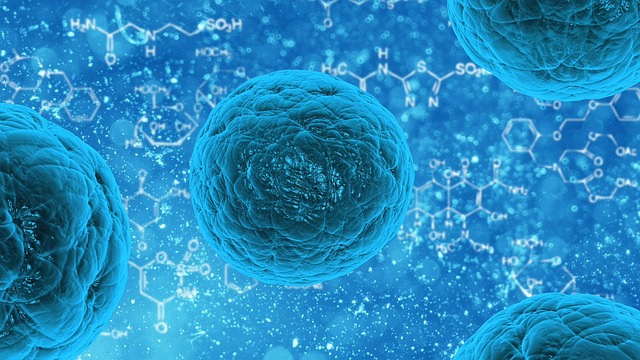The Pale American Table.
According to NHANES data collected in 2009, we are going color blind, at least when it comes to food. About 8 out of 10 Americans have what has been delicately called a "phytonutrient gap"; it's the difference between how many fruits and veggies the average American needs and how many he or she actually gets. The "gap" is actually more like a chasm, and the results are stratified by color:
- 88% fall short in purple/blue
- 86% fall short in white/tan
- 79% fall short in yellow/orange
- 78% fall short in red
- 69% fall short in green
So What Are Phytonutrients, Anyway?
The simplest explanation is this: phytonutrients are plant compounds, other than vitamins, that protect us from chronic disease. About 25,000 phytonutrients have been identified so far. They are generally responsible for a plant's rich color, like Anthocyanins, which are found in nearly every deep red, purple, or blue food you've seen in the produce section. Thus, it has become popular to speak in terms of "eating a rainbow" of healthy foods.

It's important to emphasize that phytonutrients are not the same as vitamins. They cannot be obtained from eating vitamin-enriched processed foods like bread or cereal, or taking vitamin supplements. The makers of Tang, for example, did not recreate the health benefits of an orange simply by adding vitamin C to their drink. Tang still lacks hundreds of phytonutrients that even the humblest orange has in spades. It is the synergy of these many phytonutrients plus the vitamin C, that provides the health benefits of an orange, not the vitamin C by itself.
How Do Phytonutrients Work?
Some proposed mechanisms for the benefits of phytonutrients are as follows:
- Reducing cardiovascular disease risk precursors
- Lowering oxidate stress and inflammation
- Preserving blood vessel function and elasticity
- Modification of cell signaling pathways
Our knowledge of this last bullet point is exploding. Turns out, phytonutrients can actually influence how our cells talk to each other. Think about that for a moment. It's a little crazy, I know, but satisfyingly intuitive as well: The plant kingdom crosses over and influences the way the animal kingdom talks to itself. Woo. It's all connected.
Turns out, phytonutrients can actually influence how our cells talk to each other.
The number of human molecular targets affected in this way is simply staggering. We discover new targets and mechanisms of action every week it seems. This is so awesome, I'll be having you geek-out with me on this topic for a while in up-coming posts. Stay tuned.
For now, it's probably enough for choosy omnivores and clinicians alike, to simply understand this: the health benefits of phytonutrients go far beyond mere antioxidant function; vitamins are just the tip of the iceberg when it comes to what plants really have to offer us.

Overfed and Undernourished
Here's a fun fact that generally gets a hearing: did you know that obesity is associated with a relative lack of nutrients? Most of us think of obesity as a state of over-nutrition. But researchers have found that it may turn out to be a state of undernutrition. You may even have heard the phrase "overfed and undernourished" making its way into public discussion. A recent study in the Journal of Human Nutrition and Dietetics found that, calorie for calorie, obese individuals consume significantly fewer phytonutrients than non-obese individuals, as measured by dietary phytonutrient-index:
phytochemical calories/total calories x 100
The same researchers also noted that phytonutrient intake was inversely proportional to inflammatory markers in the blood stream (CRP, IL-6, IL-1, and lipid peroxidase debris).
In other words, not only were folks with a low phytonutrient-index fatter, they were more inflamed! Inflammation by itself, is an independent risk factor for numerous diseases, most spectacularly heart disease.
What the researchers did not explain was whether the inflammation caused the fat or the fat caused the inflammation. Either way, it appears to be linked to undernutrion--not enough phytonutrients. Or, simply: plenty of calories and not enough real food.
References:
- National Health and Nutrition Examination Surveys (NHANES) from the United Staes Department of Agriculture (USDA).
- Vincent et al. J Hum Nutr Diet. 2010 Feb;23(1):20‐9. Epub 2009 Sep.
